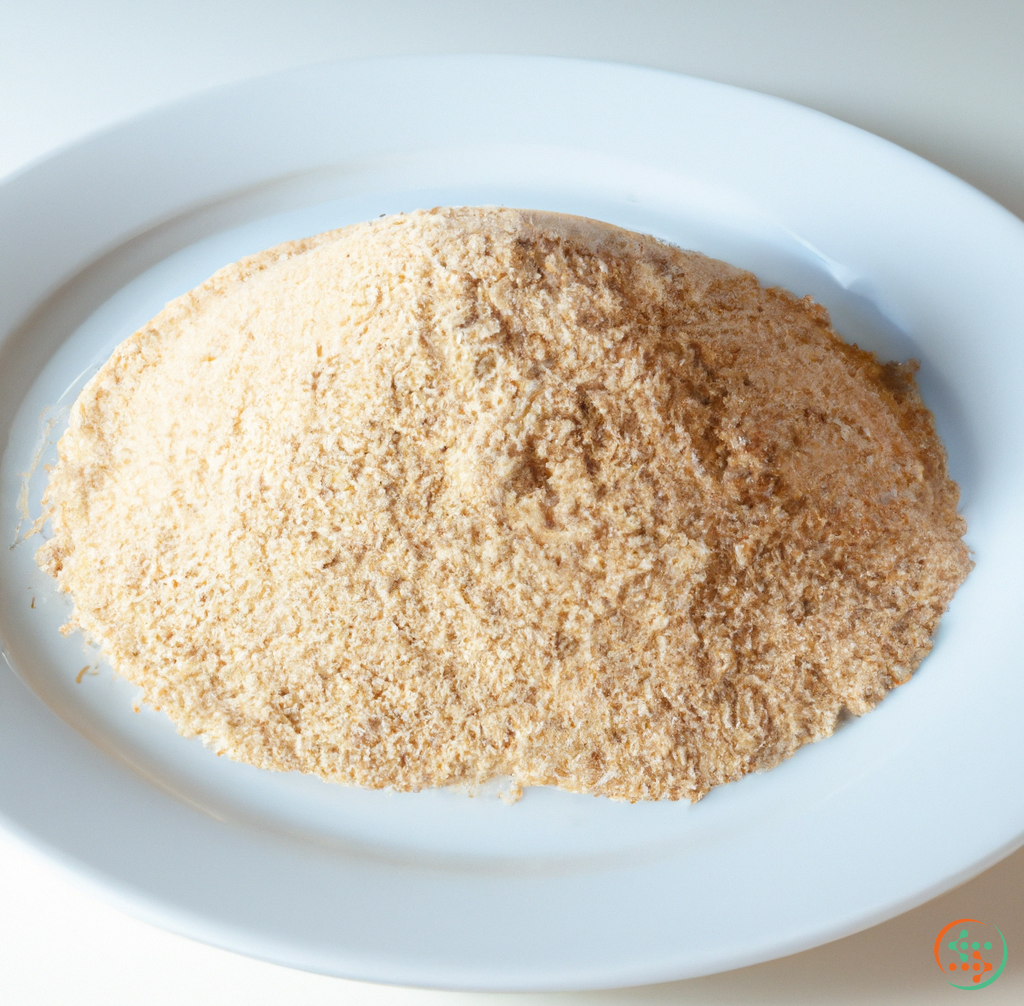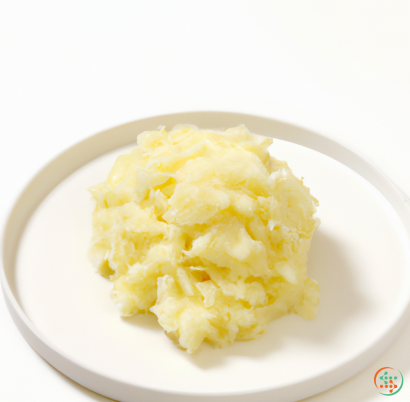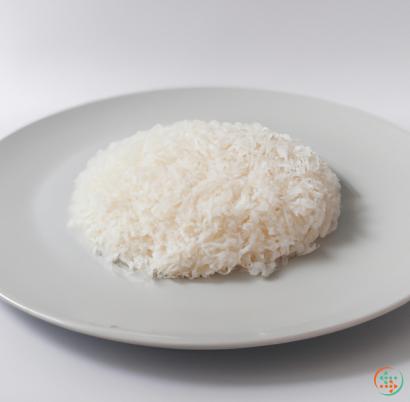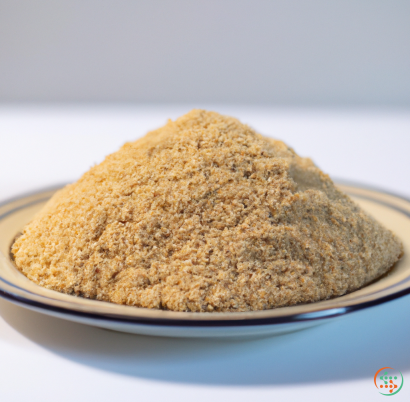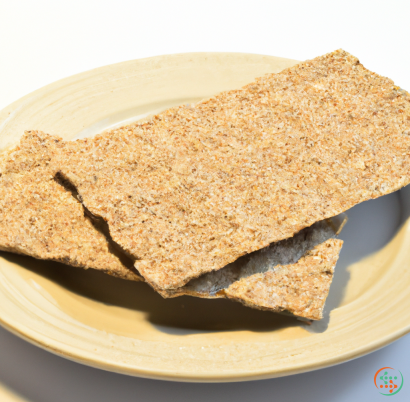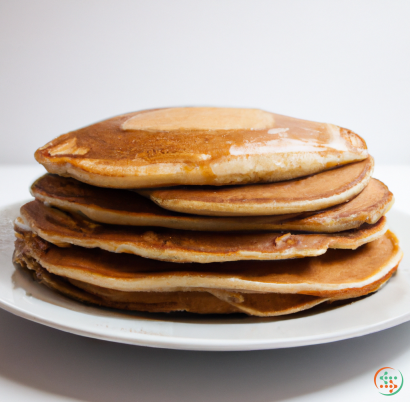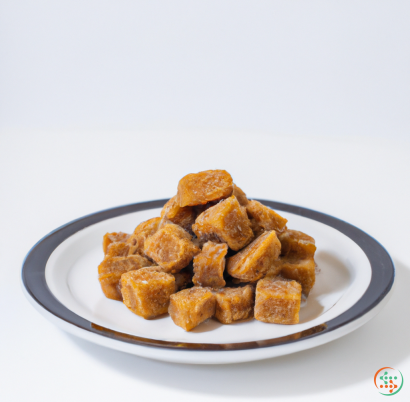Whole Grain Sorghum Flour
Whole grain sorghum flour has been around for centuries and is now gaining popularity as a gluten-free alternative to traditional wheat flour. Sorghum is an ancient grain that was once predominantly grown in Africa and parts of Asia. It was introduced to the United States in the 1800s and is now being used more in the baking and food industry. Sorghum flour is made from the whole grain and can be used in a variety of recipes including breads, cookies, muffins, pancakes, and other baked goods. It can also be used as a thickener for sauces and soups.
Whole grain sorghum flour is high in carbohydrates, protein, and dietary fiber, as well as vitamins and minerals such as magnesium, zinc, iron, and potassium. It is also low in fat, making it an optimal choice for those looking for a healthier flour. Because it does not contain gluten, it is often recommended for those with celiac disease, gluten intolerance, or a wheat allergy. Additionally, those following a vegan diet may find sorghum flour a great option due to it being free of animal by-products.
When substituting regular wheat flour with sorghum flour, it is important to note that the texture and rise of the flour are different. Sorghum flour is much denser than wheat flour and will not rise as much. The texture of sorghum flour is similar to that of cornmeal or fine ground oats. For this reason, it is best to mix it with other flours, like almond flour, coconut flour, or tapioca flour to get the desired texture. Additionally, when substituting sorghum flour for wheat flour, additional liquid may be needed in the recipe. Sorghum flour absorbs liquid more quickly, so more liquid is necessary for the same results.
Sorghum flour is often used in many different gluten-free baked goods and can even replace self-rising flour for certain recipes. It can be used to make muffins, cakes, cupcakes, brownies, and more. It is also often used in Indian and African cooking, such as in roti, chapati, and other flatbreads. Because it is made from the whole grain, it is best to introduce sorghum flour into recipes slowly to ensure the desired results.
When shopping for sorghum flour, be sure to look for whole grain sorghum flour rather than refined white sorghum flour. Refined sorghum flour is enriched and bleached, thereby reducing its nutritional content. However, some brands of refined sorghum flour are labeled as “whole grain” because the germ and bran have been added back in. When buying sorghum flour, it is best to look for a product that states “100% whole grain” on the label.
In conclusion, whole grain sorghum flour is a great alternative to traditional wheat flour that is low in fat and gluten-free. It can be used in a variety of dishes and recipes, and is easy to incorporate into most recipes. Look for a product that states “100% whole grain” on the label to be sure you are getting the most nutritional benefits out of it. Sorghum flour is a delicious and healthy way to add something new to your baking and cooking routines.
Sorghum Flour: From the Field to Your Dinner Plate
When it comes to whole grains, sorghum flour is one of the most versatile and nutrient-packed products you can find. Its nutty flavor and chewy texture lend themselves well to a variety of cooking applications, from baking to brewing. But before it makes its way from a field to your dinner plate, there’s a complicated and interesting process that needs to take place. In this post, we’ll explore how sorghum flour is created and travels to a dinner plate.
What is Sorghum?
Sorghum is an ancient grain that has been cultivated for centuries. It is a member of the grass family and is native to Africa. It is drought-tolerant, which makes it particularly well-suited to warm climates, and can be grown in a variety of soils, from heavy clay to sandy soils. In the US, sorghum is primarily grown in the Midwest, including Ohio and Indiana, as well as the Southern states.
Sorghum comes in different varieties, each with a unique flavor, texture, and nutritional profile. There are three main types: sweet sorghum, used to make sorghum syrup, and two types of grain sorghum: white sorghum and red sorghum. The grains range in color from dark red to light brown, and white sorghum is the variety most widely used to produce sorghum flour.
The Production Process: Turning Sorghum into Flour
Before it is turned into flour, whole grain sorghum must first be harvested. This usually takes place during the summer months when the grains are mature and the seed heads have dried. The heads of the plant are cut, and the grains are threshed to separate the seed from the chaff (the husks).
Once the sorghum has been threshed, it is then milled. Milling is the process of grinding the grains into a fine powder or meal to create flour. During milling, the sorghum is first passed through large steel rollers to break it down into smaller pieces. It is then passed through smaller rollers to further refine the product and make it into a smooth flour. This process also removes most of the hulls, so that the grains used in the flour are a finer product.
The milled sorghum is then sifted, which helps to further separate the fibers and remove any remaining impurities. The final product is a fine, light-colored flour that’s ready to be used in recipes.
The Health Benefits of Sorghum Flour
Sorghum flour is a nutrient-dense food that provides a range of health benefits. It is high in complex carbohydrates, which makes it a low-glycemic food. This means that it digests slowly and helps to control blood sugar levels. It is also high in dietary fiber, which helps to improve digestive health, and protein, which makes it a great alternative to wheat flour for vegans and vegetarians. Additionally, sorghum flour is a good source of B-vitamins, iron, and magnesium.
Sorghum flour is gluten free, making it a great choice for people who are sensitive to wheat or have celiac disease. It is also naturally low in saturated fat and free of cholesterol, making it an excellent choice for anyone looking for a heart-healthy grain option.
Using Sorghum Flour: Putting it on Your Dinner Plate
Sorghum flour is a versatile and delicious ingredient that can be used to make all kinds of delicious recipes. It can be used as a substitute for wheat flour in baked goods like muffins, cakes, cookies, breads, and more. It is also great for thickening soups, sauces, and stews, and can be used as a coating for fried foods.
If you’re feeling adventurous, you can also use sorghum flour to make beer, pancakes, flatbreads, noodles, dumplings, and more. It is a tasty, nutrient-dense alternative to wheat flour, and it can add flavor and texture to your favorite recipes.
Conclusion
Sorghum flour is a nutritious and versatile grain that is gaining popularity among health-conscious consumers. From its traditional roots in Africa to its modern-day uses in the US, sorghum flour has come a long way on its journey to our dinner plates. By understanding the processes used to turn sorghum into flour, we can appreciate all that it has to offer on nutritional, environmental, and cultural levels. So the next time you’re in the kitchen, consider reaching for sorghum flour for your baking and cooking needs. Your body will thank you for it!
| Vitamin E | 0.5 mg | |
| Vitamin K | 0.0064 mg | |
| Vitamin C | 0.8 mg | |
| Vitamin B1 | 0.33 mg | |
| Vitamin B2 | 0.06 mg | |
| Vitamin B3 | 0.0045 grams | |
| Vitamin B5 | 0.54 mg | |
| Vitamin B6 | 0.33 mg | |
| Vitamin B9 | 0.025 mg |
| Calcium | 0.012 grams |
Daily Value 1.3 g
|
| Iron | 0.00314 grams |
Daily Value 0.018 g
|
| Magnesium | 0.123 grams |
Daily Value 0.4 g
|
| Phosphorus | 0.278 grams |
Daily Value 1.25 g
|
| Potassium | 0.324 grams |
Daily Value 4.7 g
|
| Sodium | 0.003 grams |
Daily Value 2.3 g
|
| Zinc | 0.00163 grams |
Daily Value 0.011 g
|
| Copper | 0.25 mg |
Daily Value 0.9 mg
|
| Manganese | 0.00126 grams |
Daily Value 0.0023 g
|
| Selenium | 0.0122 mg |
Daily Value 0.055 mg
|
| Tryptophan | 0.106 grams | |
| Threonine | 0.312 grams | |
| Isoleucine | 0.309 grams | |
| Leucine | 1.085 grams | |
| Lysine | 0.174 grams | |
| Methionine | 0.145 grams | |
| Cystine | 0.165 grams | |
| Phenylalanine | 0.441 grams | |
| Tyrosine | 0.225 grams | |
| Valine | 0.387 grams | |
| Arginine | 0.33 grams | |
| Histidine | 0.167 grams | |
| Alanine | 0.758 grams | |
| Aspartic Acid | 0.556 grams | |
| Glutamic Acid | 1.741 grams | |
| Glycine | 0.313 grams | |
| Proline | 0.651 grams | |
| Serine | 0.411 grams |
| Glucose | 1.31 grams |
|
| Fructose | 0.16 grams |
|
| Sucrose | 0.47 grams |
|
| Total Sugars | 1.9 grams |
per 100g
|
| Capric acid (10:0) | 0.01 grams |
|
| Palmitic acid (16:0) | 0.45 grams |
|
| Stearic acid (18:0) | 0.04 grams |
|
| Arachidic acid (20:0) | 0.01 grams |
|
| Lignoceric acid (24:0) | 0.01 grams |
|
| Butyric acid (4:0) | 0.01 grams |
|
| Total Saturated fatty acids: | 0.53 g | |
| Oleic acid (18:1) | 0.92 grams |
|
| Palmitoleic acid (16:1) | 0.01 grams |
|
| Gadoleic acid (20:1) | 0.01 grams |
|
| Total Monounsaturated fatty acids: | 0.94 g | |
| Omega-3 Alpha-linolenic acid (18:3) | 0.06 grams |
|
| Linolenic acid (18:3) | 0.06 grams |
|
| Linoleic acid (18:2) | 1.34 grams |
|
| Total Polyunsaturated fatty acids: | 1.46 g | |
